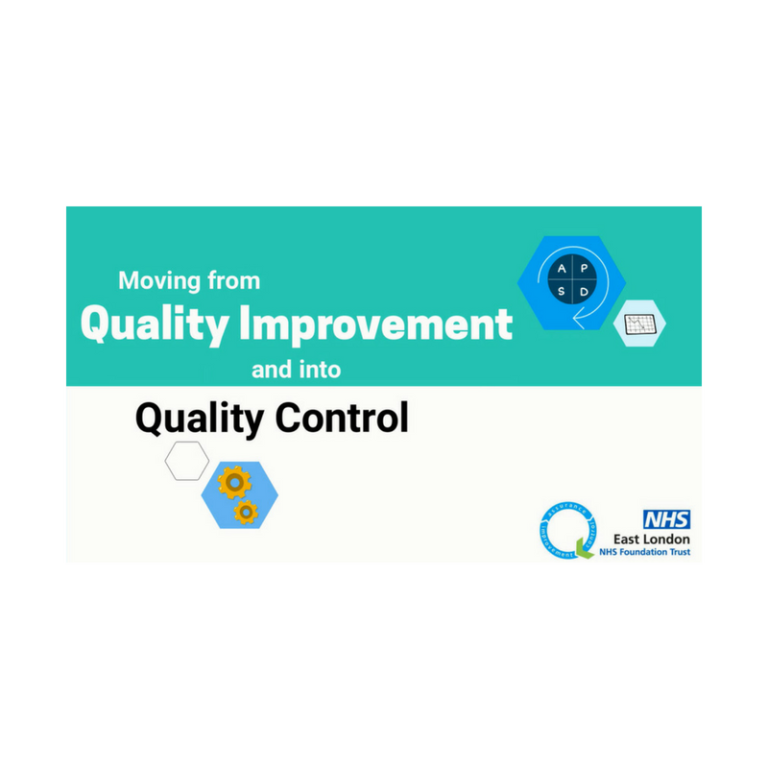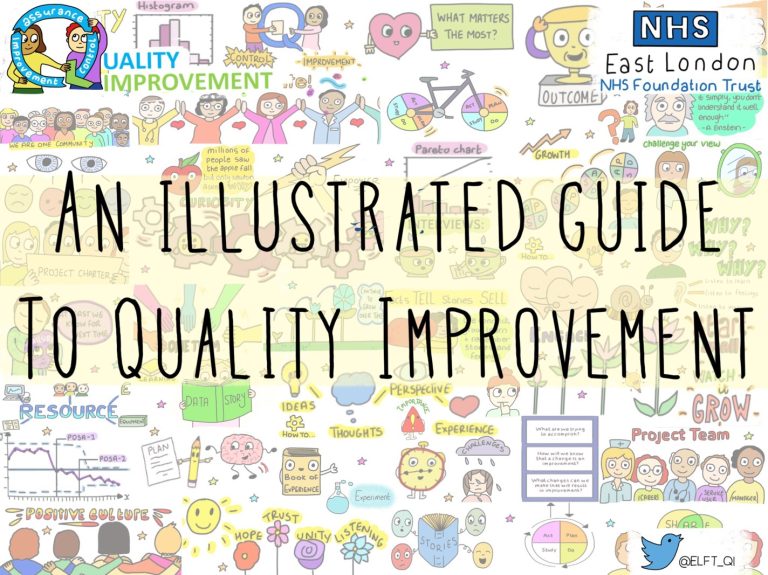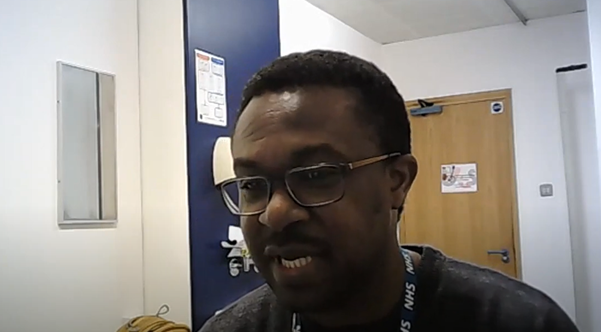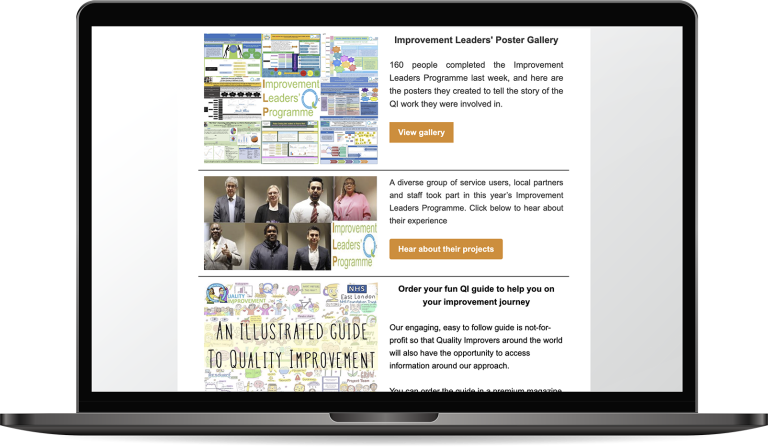
QI Essentials: For those leading large-scale improvement…
15th January 2020
With the new year well underway this latest blog is dedicated to those who are leading improvement in large systems, wherever they may be in the world …Have a read of Amar’s latest QI Essentials Blog..
The New Year is, for many, a time for reflection, appreciation and goal-setting. In this spirit, I’m dedicating this January blog to my peers who are leading improvement in large systems, wherever you may be in the world. Leading large-scale improvement can be an exhilarating place to be, but it can also be frustrating and lonely at times. I want to recognise and thank you for all you do in service of improving the lives of those we serve, and for carrying the torch of quality improvement – inspiring those around you, and supporting people to influence and improve the systems they work in and receive care in.
From my own learning over the last seven years, through testing and failing, many many times, here’s a few things to keep in mind if you’re in the privileged position of shepherding and guiding your organisation or system’s large-scale improvement effort …
Apply the principles of good improvement to leading improvement
This may seem obvious, but treat large-scale improvement in the same way that we support teams to improve. Develop a theory, come up with some ideas, test these, measure and adapt rapidly. And co-produce as deeply and authentically as you can. There’s often a tension between the system’s desire for governance and assurance of improvement (which can result in a sluggish, bureaucratic decision-making process and overly simplified linear approach to improvement), and applying good improvement to the way we approach large-scale change (which is messier, requires rapid adaptation and needs to be led much closer to where the real work happens).
Go where the energy is
Within any system, there will be variation in will for change. I’ve learnt that it’s far more effective for us to wrap close support around teams with energy, rather than to persist in injecting energy into a team or service in the hope that this will create will and urgency for change. The most influential way to generate energy for change is really through peer-to-peer conversation and story-telling. It’s unlikely that we can be as effective when working through traditional hierarchies. So, I’d urge us to have more conversations about where the energy is, make sure we’re close to the work to be able to spot this, and then flexible enough in our approach that we can focus our support where the will already exists.
Stay agile and organise for impact
I’ve been guilty in the past of sticking with a plan for too long, in the hope that things will suddenly change, when a slightly more objective view would have helped me see that the core ingredients for improvement are often lacking. Part of the art of leading large-scale improvement is in recognising that we’ll need to be agile and adapt as we go. Our initial structure and plans only represent our initial theory. And the complex systems that we’re supporting change rapidly. Our learning systems need to be designed to give us real-time feedback on readiness for improvement and progress. We need to talk often about how we can adapt to what we’re seeing – communicating with leaders and sponsors, adapting our focus to create the biggest impact. This means we need to support our improvement team to be nimble and flexible – supporting teams closely, but with an objectivity that allows us to observe, interpret and shift our attention and support if circumstances aren’t conducive for improvement.
Think about language and framing
Quality improvement can easily feel like extra work, and something that’s a bit alien. We bring with us a strange new language, and ask teams to improve their system when we’re often struggling just to complete the day job. Our only chance of success is in helping people see the relevance for their own experience and for those they serve. If we’re to reach such a vast number of people and connect with them emotionally, we need to use language that’s simple and that resonates. I think back to the first project I coached, when we hadn’t yet even begun our QI programme. We spent time connecting with the ‘why’, and encouraging everyone to contribute ideas. We used no jargon in the way we worked together, and there was a beautiful simplicity and raw connection to purpose that wasn’t disrupted by paperwork, formal meetings or strange language.
In creating a movement for change, we need to develop a proposition that’s memorable and easily adoptable, but also allowing local adaptation. The ability for a team to make QI feel locally owned, by adding their own stamp – whether in the form of language, creative arts or through the freedom of choosing what they work on – is critical in enabling rapid spread.
Celebrate frequently, and encourage story-telling
There’s nothing quite so powerful at influencing human beliefs and behaviour as connecting deeply with another person’s lived experience. If there’s one area that all of us can probably spend more time and attention on, it’s story-telling – identifying the great stories that emerge within our improvement efforts, supporting those closest to the work to tell their story, and finding multiple channels, media and fora to reach our audience. I now think about, and talk about stories, on a daily basis in the way I lead. I find myself often asking “where is the story?” or “how can we support this team to tell their story?” Increasingly, I think the way to organise ourselves for large-scale improvement should be to maximise storytelling. Our team ought to include expertise in capturing, packaging and conveying stories. The way we organise our infrastructure for improvement ought to be agile enough to maximise the potential of stories. The relentless drumbeat from leaders to create constancy of purpose is so critical to marshalling everyone behind our improvement efforts, but even more influential is the peer to peer storytelling that can inspire, share ideas and help people gradually shift their fundamental beliefs towards true commitment to continuous improvement.
Balance
Play the long game. Guiding a system to adopt a continuous improvement mindset takes many many years. There will be lots of moments of exhilaration, as well as moments when you’ll want to tear your hair out and give up. Try to keep your eye on the long-term goal, and not get too influenced by the ups and downs along the journey. But – grab each short-term win and celebrate! Each little win can influence many others to join you on this journey.
Above all, be kind to yourself. Leading large-scale change is hard work. Akin to a marathon, it takes dedication and stamina. It can take a toll personally, and can become almost a crusade in its all-consuming intensity. Take time to reflect regularly, identify what brings you joy and ensure you find time for this – both in work, and out of work. I’ve found this to be so important in helping me maintain my energy and optimism over many years.
My deepest gratitude and respect to those who are in the position of leading large-scale improvement. I hope the responsibility is bringing to you the same sense of deep meaning and purpose that I have found…
Most Read Stories
-
Why is Quality Control important?
18th July 2018

-
An Illustrated Guide to Quality Improvement
20th May 2019

-
2016 QI Conference Poster Presentations
22nd March 2016
-
Recognising Racism: Using QI to Help Take Action
21st January 2021

-
Using data enabled us to understand our problem
31st March 2023

-
QI Essentials: What does a Chief Quality Officer do?
18th March 2019


Follow QI on social media
To keep up to date on the latest concerning QI at ELFT, follow us on our socials.


